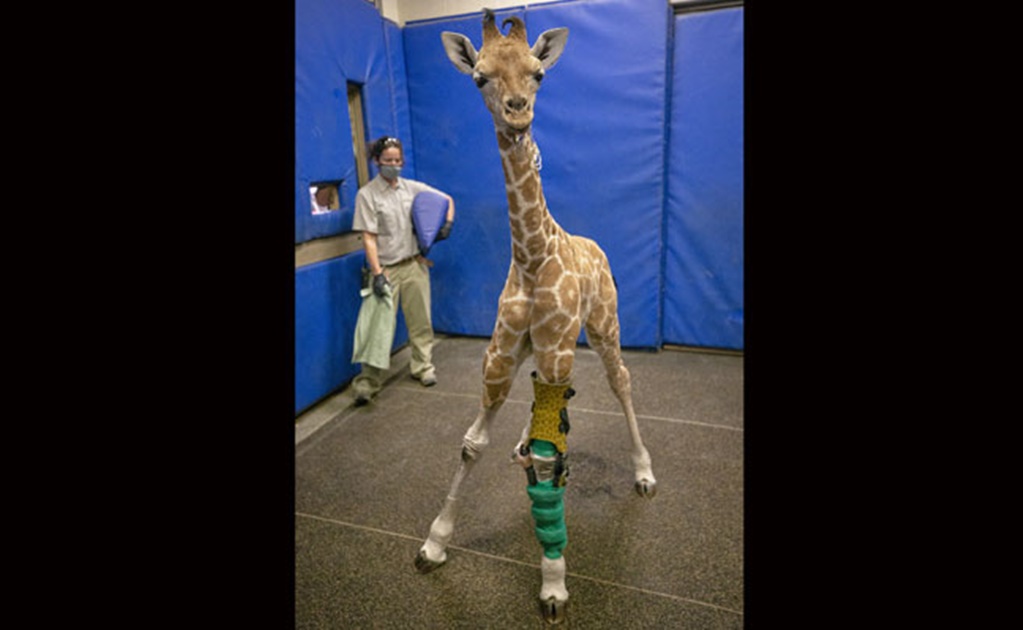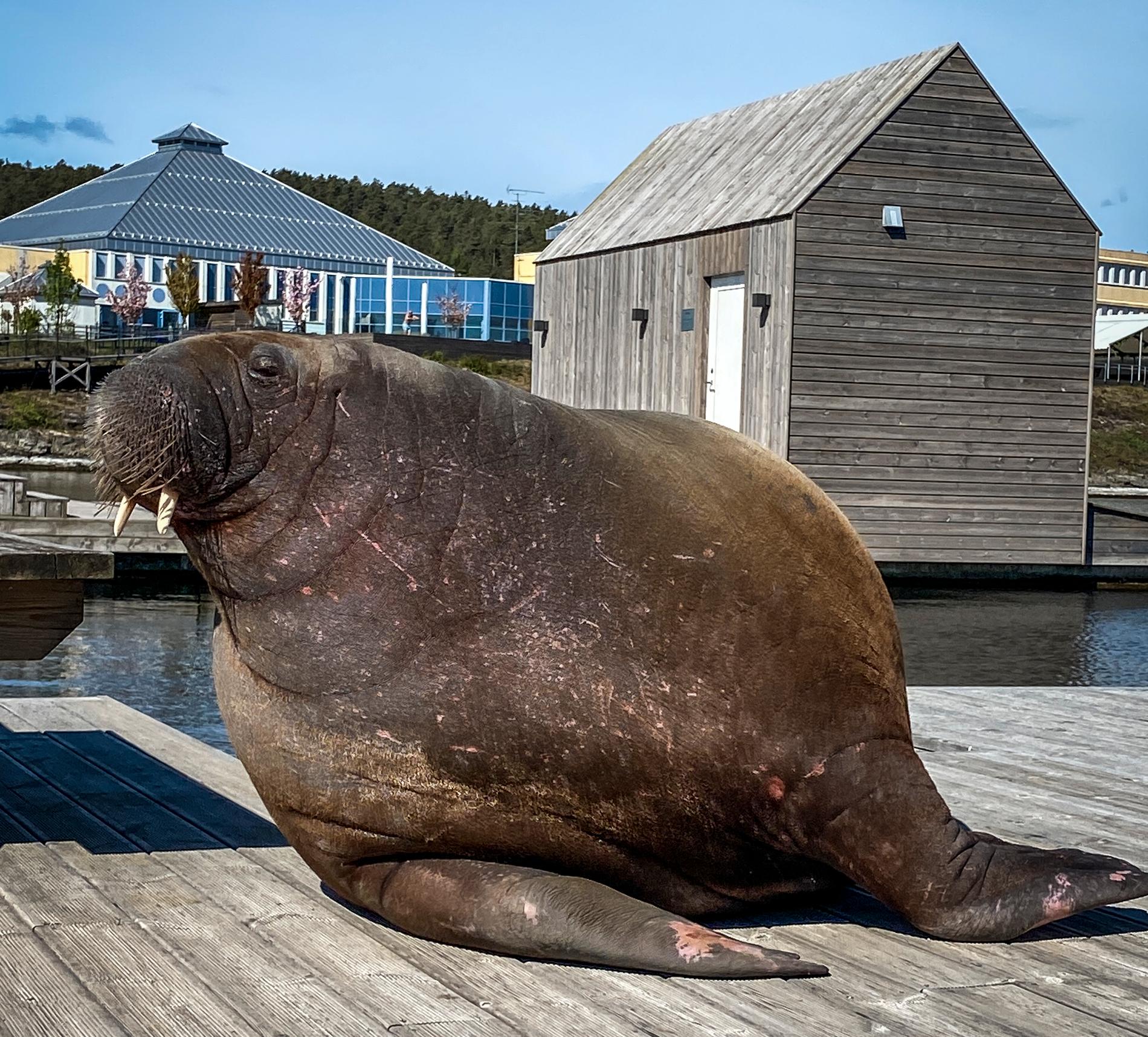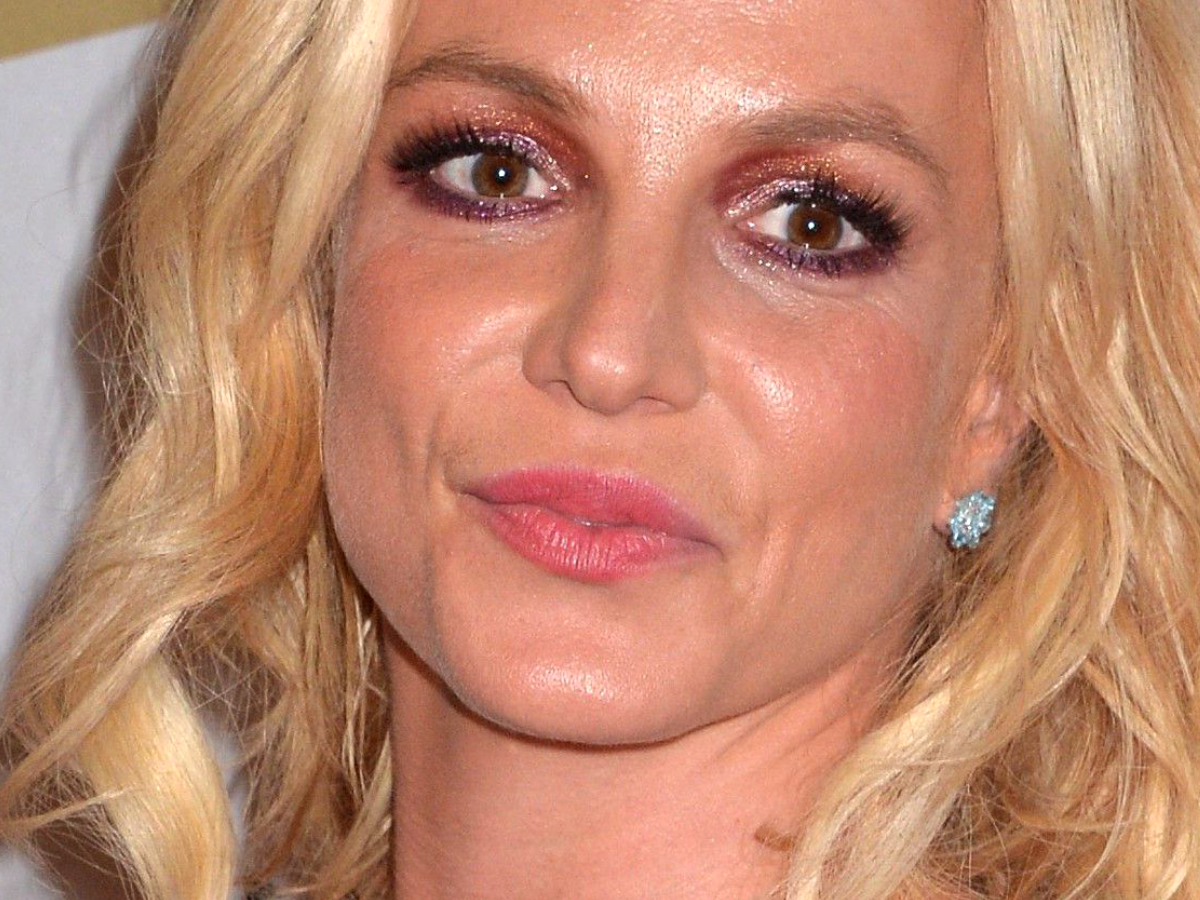In the last three decades, Ara Mirzaian has put braces on all kinds of people: from Paralympic athletes to children with scoliosis. But Msituni was a patient like no other: a newborn giraffe.
The calf was born on February 1 at the San Diego Zoo Safari Park, United States, with its front limb flexed backwards.
Park staff feared that he could die if the problem was not corrected immediately, as it could prevent him from feeding and walking in the habitat. But they had no experience in applying a orthopedic device in a baby giraffe.
The situation was especially difficult, since she was a 178 centimeters tall newborn, who grew every day.
So they decided to turn to the orthotics experts at the Hanger Clinic. “It was very surreal when I found out,” Ara Mirzaian told the AP, during a visit to meet the giraffe, that she was walking along with the others with no problem. “Of course, all I did was go online and study giraffes 24 hours a day to get here,” she said.
Read also: Would you go to Antarctica, without internet or electricity, to count penguins? NGO would pay you 2 thousand dollars a month
In ten days the problem was corrected
Msituni suffered from hyperextension of the carpals, the bones of the wrist joint in the forelimbs of giraffes, more akin to arms. Compensating for the excess, the second forelimb began to hyperextend as well.
His rear joints were also weak, but these were corrected with special hoof extenders. And since she weighed more than 120 pounds at birth, the anomaly was already taking its toll on her joints and bones.
For custom-made braces to work, they had to have some range of motion but be durable, so Hanger worked with a company that makes horse braces. Using molds of the giraffe’s legs, it took eight days to make the graphite orthoses adorned with the animal’s distinctive spotted pattern to match its fur.
“We put in the giraffe picture just to make it fun,” Mirzaian said. “We do this with the kids all the time. They can pick superheroes or their favorite team and we print it on the gadgets. So why not do it with a giraffe?” she said. After 10 days wearing the custom brace, the problem was corrected.
Increasingly, zoos are turning to medical professionals who treat human beings to find solutions for animals that are sick.
Collaboration is especially useful in the field of prosthetics and orthotics. Recently, ZooTampa in Florida teamed up with experts in the same field to replace the beak of a cancer-stricken hornbill with a 3D-printed prosthetic. And in 2006, a team at Hanger in Florida created a prosthetic for a dolphin that had lost its tail after becoming entangled in the ropes of a crab trap. His story inspired the 2011 movie “Dolphin Tale.”
Read also: Global warming threatens to wipe out emperor penguins
* The Grupo de Diarios América (GDA), to which it belongs THE UNIVERSALis a leading media network founded in 1991 that promotes democratic values, an independent press and freedom of expression in Latin America through quality journalism for our audiences.
subscribe here to receive directly in your email our newsletters on news of the day, opinion, Qatar 2022 and many more options.
goods
–


